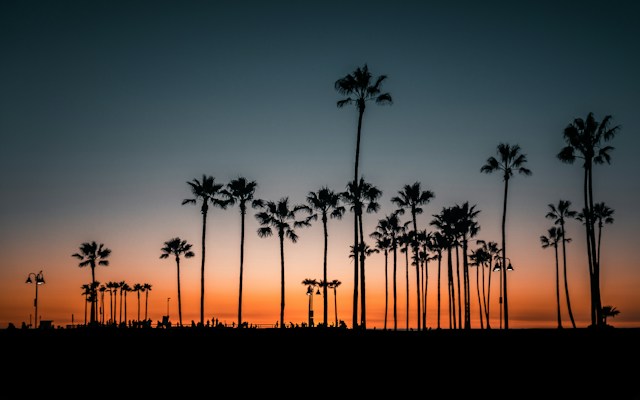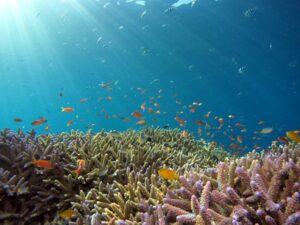Southern Belize’s political economy has historically been marked by both precapitalist and capitalist social relations. Maya, Garifuna and East Indian households raised their own food while selling surplus crops or pigs to generate the money necessary to pay land taxes or purchase import goods.
Belize’s meager literature on its development does not address class processes directly and is heavily biased toward Anglophilic, pro-colonial perspectives.
Distribution of Land
Belize real estate purchases offer an ideal investment opportunity. No restrictions exist regarding how or how much acreage can be acquired for purchase or used; unlike many Caribbean and Central American nations that restrict foreign investment. Before making your decision, however, it’s crucial that you understand how property laws operate here.
The country has experienced significant economic expansion over time, driven primarily by agriculture and nature-based tourism. Sugar cane, citrus products, bananas and farmed shrimp exports have played a substantial role in fueling economic expansion; other significant contributors include forestry, fishing and various smaller industries.
Although Belize has experienced substantial economic development, despite this there remains a considerable disparity between different segments of society in terms of wealth. This inequality stems from unequal income distribution; its Gini index measures this inequality at 0.46 which shows a striking disparity from other nations within its region.
Alongside income disparity, there is also significant inequality in terms of access to land ownership. According to estimates, around 100,000 citizens living in rural areas without an ownership title constitute an important issue in a nation where this right should be guaranteed as fundamental.
One solution would be to promote policies that support private ownership of farmland in rural areas. This would improve quality of life for residents while simultaneously increasing food production for the local population and giving an economic boost by increasing food production within Belize.
As more people migrate to Belize, acreage becomes more of a scarce resource. This trend stems from people searching for independence by producing their own food, raising livestock, and enjoying rural living – as well as buying fruit and nut trees which require minimal upkeep but will yield abundant harvests upon maturity.
People’s United Party of Belize is undertaking a policy called “Land in Belizean Hands,” in order to distribute sixty thousand lots of land among first-time buyers, young people and women. This step will go a long way toward rectifying land ownership disparity in Belize; party leader John Briceno believes that providing citizens with collateral via land distribution will give them greater opportunities for loans and business creation.
Ownership Patterns
Belize is a sought-after destination for investors searching for land or property investments. Belize stands out among Central American & The Caribbean nations by permitting foreigners to own fee-simple ownership (similar to owning property in the US or UK) making the purchasing process much simpler and quicker than in countries that limit them to leasehold titles only.
Noting the unique circumstances and goals of every buyer is paramount when considering purchasing Belize real estate on a fee-simple basis; rather it depends on individual circumstance, goals and priorities.
Belize stands out among Central American and Caribbean nations by remaining relatively free from violent class and racial tension, due to a combination of factors including its small population size and close social bonds. Unfortunately, recent economic and environmental shifts are contributing to increased social inequality as well as land disputes.
While discussions about these trends are common in media reports and local communities, there has been limited analysis on their effects in two rural villages of southern Belize. This research attempts to fill this void by exploring how capitalism is altering household reproduction systems and agricultural systems in both villages.
We find that the proliferation of capitalist systems is hindering households’ efforts to uphold traditional agricultural systems and cultural values in Maya communities, particularly subsistence agriculture, gender inequality, land rights disputes and customary rules enforcement. Class processes in particular pose particular threats. Subsistence agriculture suffers in these communities while class processes create social inequality that further exacerbates subsistence agricultural practices while creating gendered divisions among members and across gender lines within households as well as complicate struggles over communal land rights and enforcement of customary rules by households.
These dynamics are driven largely by changes to the economy and globalization of agricultural and forestry markets, leading to increasing social and environmental change across southern Belize.
Social Class Relationships
Social class processes are widely seen as being the key element that drives relative wealth among most Belizeans, which explains why Belize has not experienced violent class and racial conflict like some Caribbean and Central American societies have.
The middle class can be distinguished from other Belizeans by formal education and possession of a car or truck, both indicators that distinguish this group from others. They represent the largest segment in Belize and tend to engage more actively than any other group in business activities; middle-class Belizeans also tend to possess higher income levels and greater access to Western goods and services.
Even so, the middle class in Belize remains less cohesive than other social groups, evidenced by their relatively low levels of political engagement and unwillingness to join organized labor unions. Furthermore, many hesitate to share their wealth or property with others who need it.
Inheritance is another area in which middle class Belizeans display their sense of independence and superiority over other Belizeans. While most people die intestate, their surviving relatives must adhere to a legal code that gives preference to children from valid marriages over non-offspring or common-law spouses. Furthermore, middle class Belizeans tend to take out loans and credit cards more readily as well as own homes and automobiles more readily than other Belizeans.
Lower-class Americans are defined by an inability to secure productive land or invest in a profitable economic venture, due to limited availability and often taking up by large commercial farmers. Land acquisition can also be limited due to investments needed for growing cacao or raising beef cattle requiring significant upfront payments as equipment improvements or land improvements must be made up front.
As such, many rural Belizeans rely heavily on government aid programs such as food stamps to support themselves financially. Although these aid programs provide relief to the needy, they don’t create an incentive for poor farmers to invest in themselves for future prosperity. Furthermore, limited land availability restricts industries like tourism and agriculture growth thus leading to unequal economic development across the nation.
Conclusions
Belize’s social relations underlying property and classes formation are complex, and the state plays numerous roles. It may facilitate the rise of a new political elite while reinforcing class hierarchies, or it could create and enforce an ownership system which allows household members to profit from their labor through land ownership. Furthermore, it serves as an arbitrator between classes in any disputes which arise.
These complexities come to the fore in villages like Jalacte where households strive to uphold customary land rights while adapting to modern challenges. Households require money not only for paying taxes and purchasing goods from Puerto Barrios or Belize City but also producing food and other necessities themselves for consumption – this happens through agriculture and livestock raising, with some products sold locally at village markets or fairs and others exported back out to Puerto Barrios or Belize City for exportation.
Families are increasingly turning to cacao farming and cattle rearing as means to increase profits from agricultural activities, although both require long-term commitment of land and incur greater risks than traditional methods of farming. Furthermore, such endeavors generate more land use conflicts among neighbors.




